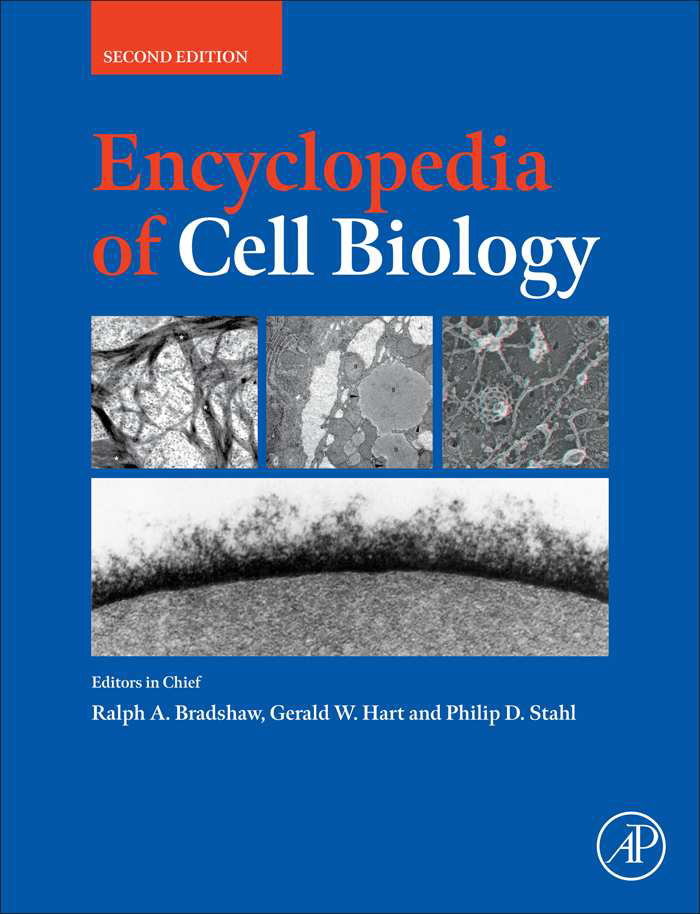
Wolfgang Becker, Fluorescence Lifetime Imaging – Applications and Instrumental Principles. In: Bradshaw R. A., Hart G. W. and Stahl P. D. (eds.) Encyclopedia of Cell Biology, Second Edition, vol. 2, pp. 133–151. Oxford: Elsevier (2023)
Fluorescence lifetime imaging (FLIM) uses the fact that the fluorescence lifetime of a fluorophore depends on its molecular environment but not on its concentration. Molecular interactions within a sample can therefore be investigated independently of the poorly defined and usually unknown concentration of the fluorophores. Starting from a general description of the molecular effects involved in fluorescence, the first part of this article describes typical applications of FLIM in Biology. The second part concentrates on the technical details of FLIM. It summarizes the requirements to a FLIM technique for application in biology, and gives an overview on commonly used FLIM techniques.
Free copies (pdf) of the chapter are available from the author.
